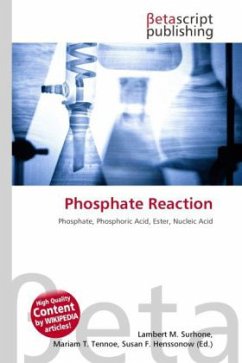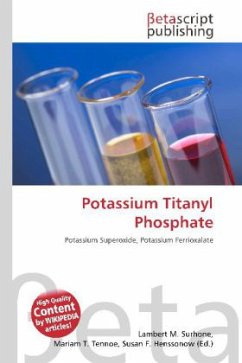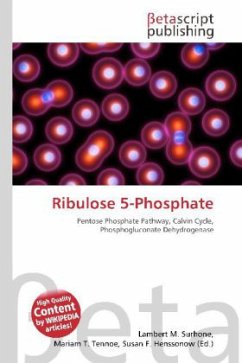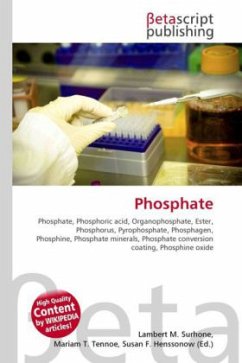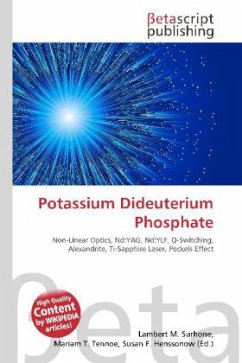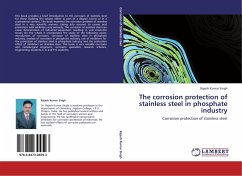High Quality Content by WIKIPEDIA articles! A phosphate can occur as a salt of phosphoric acid or an ester of phosphoric acid (an organophosphate). Phosphates are found pervasively in biology. Inside a cell, phosphate may be structural to a nucleic acid such as DNA, RNA or phospholipid, form high-energy ester bonds (e.g., in adenosine triphosphate), or participate in signaling. Outside the cell, phosphate may be dissolved in extracellular fluid (ECF) or form structures such as bone and teeth. A chemical reaction is a process that leads to the transformation of one set of chemical substances to another. Different chemical reactions are used in combination (chemical synthesis) in order to get a desired product. In biochemistry, series of chemical reactions catalyzed by enzymes form metabolic pathways, by which syntheses and decompositions ordinarily impossible in conditions within a cell are performed. Organic reactions encompass a wide assortment of reactions involving compounds which have carbon as the main element in their molecular structure. The reactions in which an organic compound may take part are largely defined by its functional groups.
Bitte wählen Sie Ihr Anliegen aus.
Rechnungen
Retourenschein anfordern
Bestellstatus
Storno

